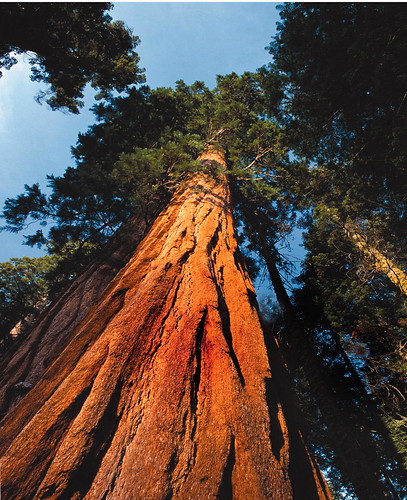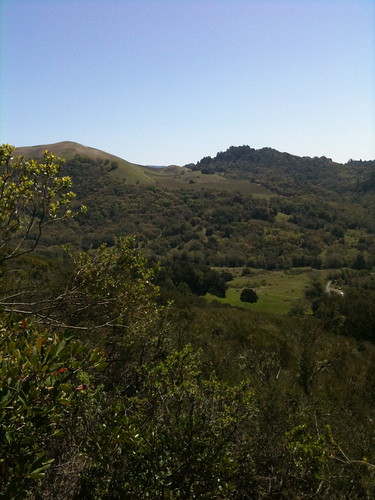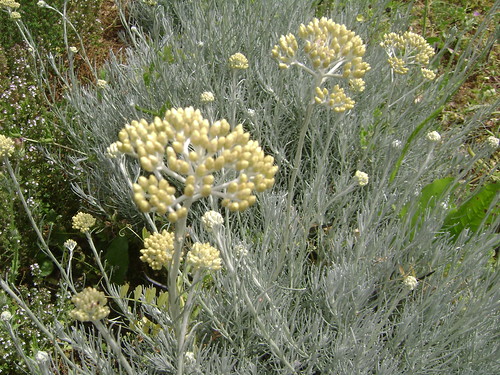Tuberose have been played quite mellowly so far in my perfumes... In White Potion it is a soft whisper of creaminess with sandalwood and gourmand, bittersweet tonka and coconut. In other scents it's more of a supporting note (Zohar, Razala, Hanami...). I tend to accentuate its creaminess rather than the medicinal and rubbery aspects.
Tuberose is an intriguing material that can be played in many different ways. More often than never I find it overpowering in commercial perfumes, to the point of being unbearable... i.e.: paired with screeching green high notes (i.e.: Cabotine de Gras), and worst of all, smelling sickening, artificial and overpowering (i.e.: Poison, Carolina Herrera). Which is unfortunate - because natural tuberose is nothing like it. It's potent, strong and the fresh cut flower can take up a whole room after nightfall... Of course, there are many examples of bold tuberoses to look up to:
Fracas, with its full-bodied, albeit high pitched at first, floral, fruity tuberose; La Chasse Aux Papillon with its lighthearted tuberose laden bouquet and other cheerful greenish airy florals, and last but not least – the dusky, toxic Tubereuse Criminelle, where rubber and wintergreen are boldly used alongside dense white blossoms of orange and tuberose. And I adore the creaminess of
Noix de Tubereuse.
Tuberose (
Polianthes tuberosa) is a flower related to narcissus and is native to Mexico, where it is called a "bone flower" in Aztec (Omixochitl). The name tuberose has nothing to do with rose, but with the tuberous or swollen roots of the plant. Therefore, the Latin name of the plant really means a plant with many flowers and tuberous roots. In Victorian times, young ladies were forbidden to roam the tuberose fields after dark from fear that they will lose their innocence due to the seductive influence of the flowers. In tropical countries, tuberose flowers are strewn into
leis for ritual purposes (along with jasmine or marigold in India, for example) and for beauty and sheer pleasure (i.e. paired with plumeria and gardenia in Hawaii).
Tuebrose grows in other parts of the world - both for fresh cut flowers (I'm always excited to find them at the flower shop!) and as a raw material for perfumery (mostly in India nowadays, and to a far lesser extent in Southern France). There are 12 species of tuberose, and the one used for perfumery is different than that of the cut flower we are more familiar with, and has to be grown from the bulb for 4 full years before it will actually bloom. In France, tuberose may still processed in the traditional enfleurage method, which involves animal fat (lard and tallow). Tuberose is very unusual in that it releases more scent after it has been removed from the plant, making the process of enfleurage ideal and most efficient way to extract its fine aroma. However, because of religious reasons, neither of these fats can be used in India (Cows are holly to the Hindu, and pigs are forbidden among the Muslim population). Therefore, it is only extracted with a solvent (hexane) to produce its absolute.
The scent of tuberose is different from each locale and of course is different in enfleurage or in absolute forms. The enfleurage seem to capture more of the medicinal, rubbery and
salicylic notes (reminiscent of wintergreen). Generally speaking, tubrose is often compared to jasmine and ornage blossom in its makeup, although it has no indole at all. It is rich, creamy, opulent and heady, with some animalic, licorice, medicinal, powdery notes. In the absolutes, I have tuberoses that range between powdery and even a little green, to buttery and milky/lactonic notes with hints of bitter almond (which makes it a perfect companion to tonka bean) and all the way to intensely heady and high in orange-blossom notes (from
methyl anthranilate).
I adore tuberose and find it to be one of the most intriguing essences to work with. I even went as far as using it in my
White Potion truffles and am planning to find other fascinating culinary uses for it, which I’m sure to share here on SmellyBlog once my experiments lead to a desirable result. But for now, I’m trying to explore its darker sides in perfumery, i.e. the more rubbery, medicinal, wintergreen notes, and see what can be done with that without the aid of synthetic aromachemicals or isolates. Curious minds want to know how far I can push this to… At least my mind is!







